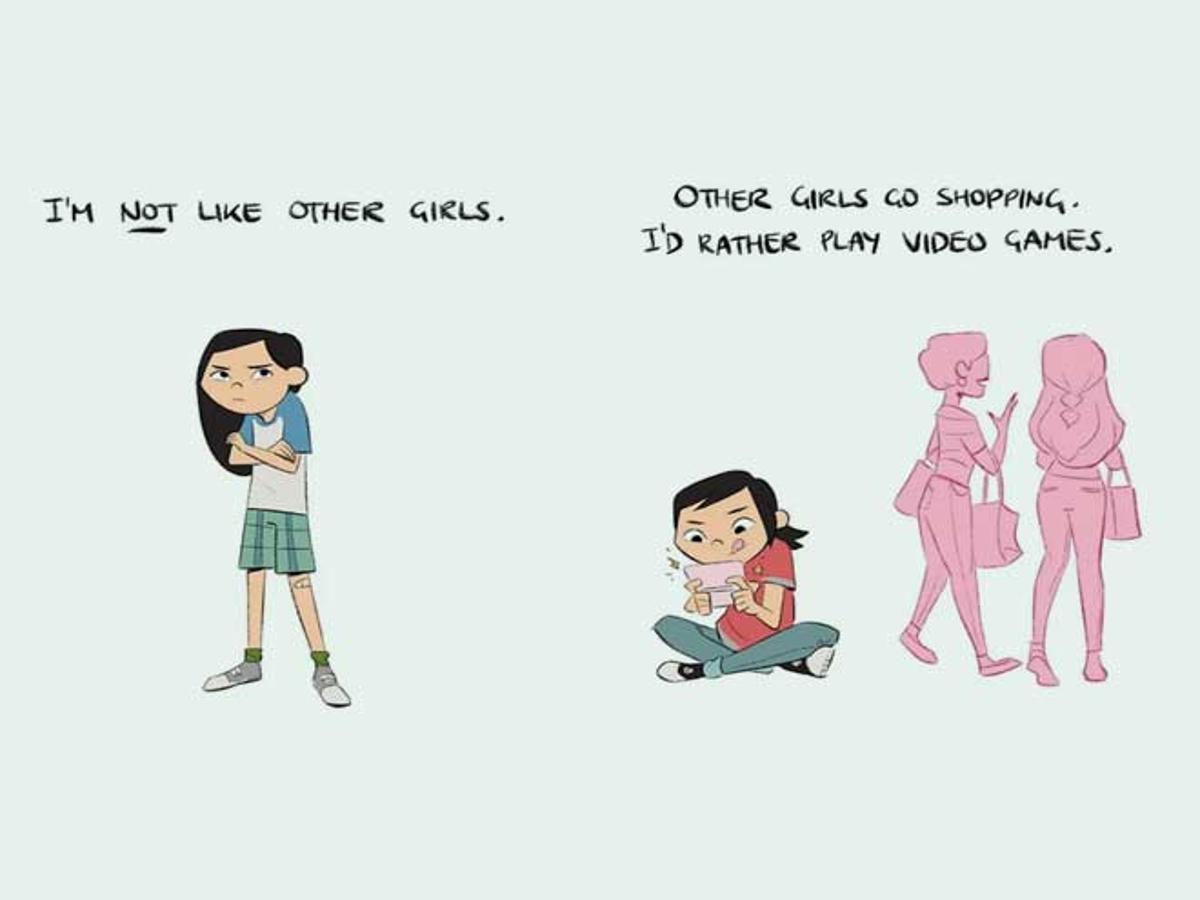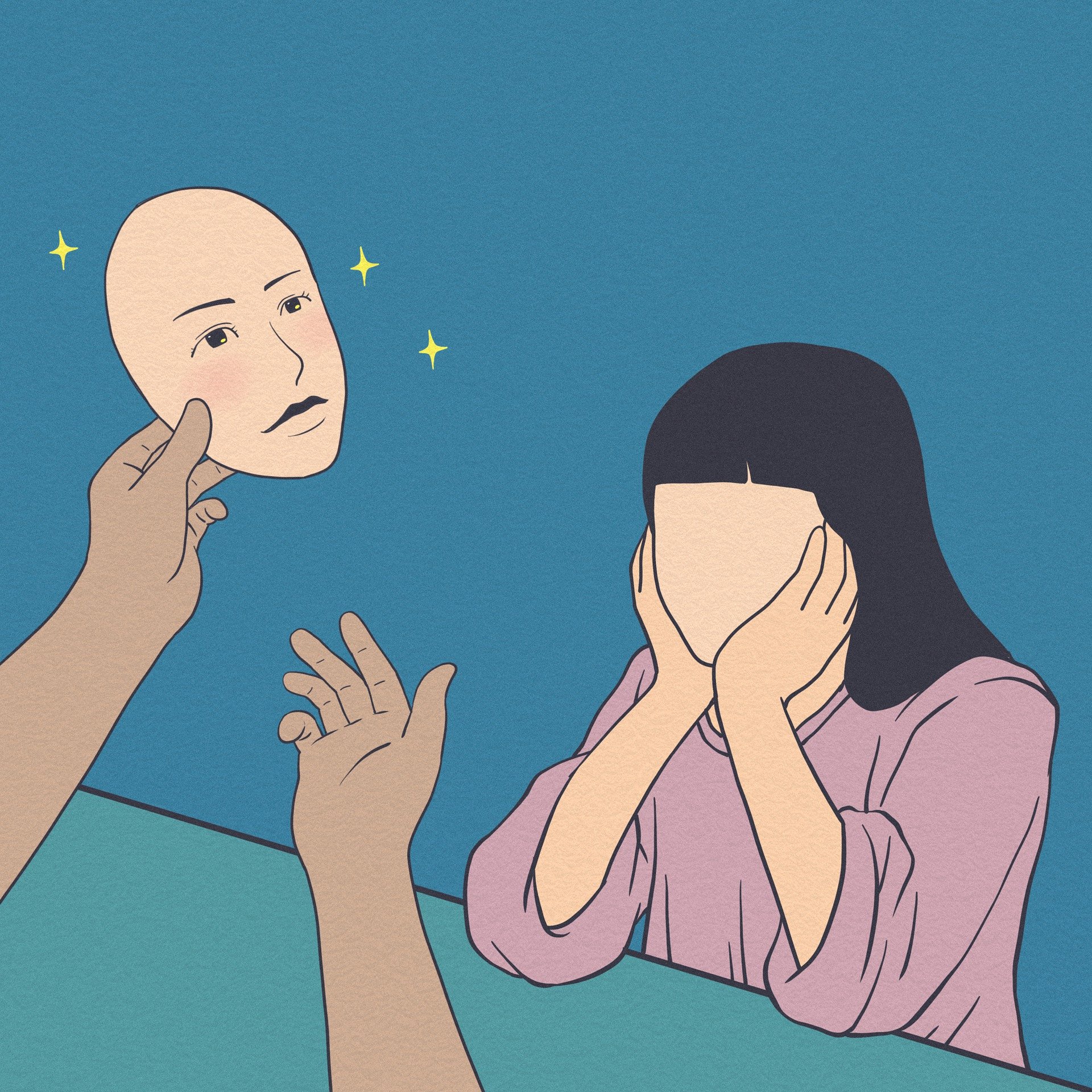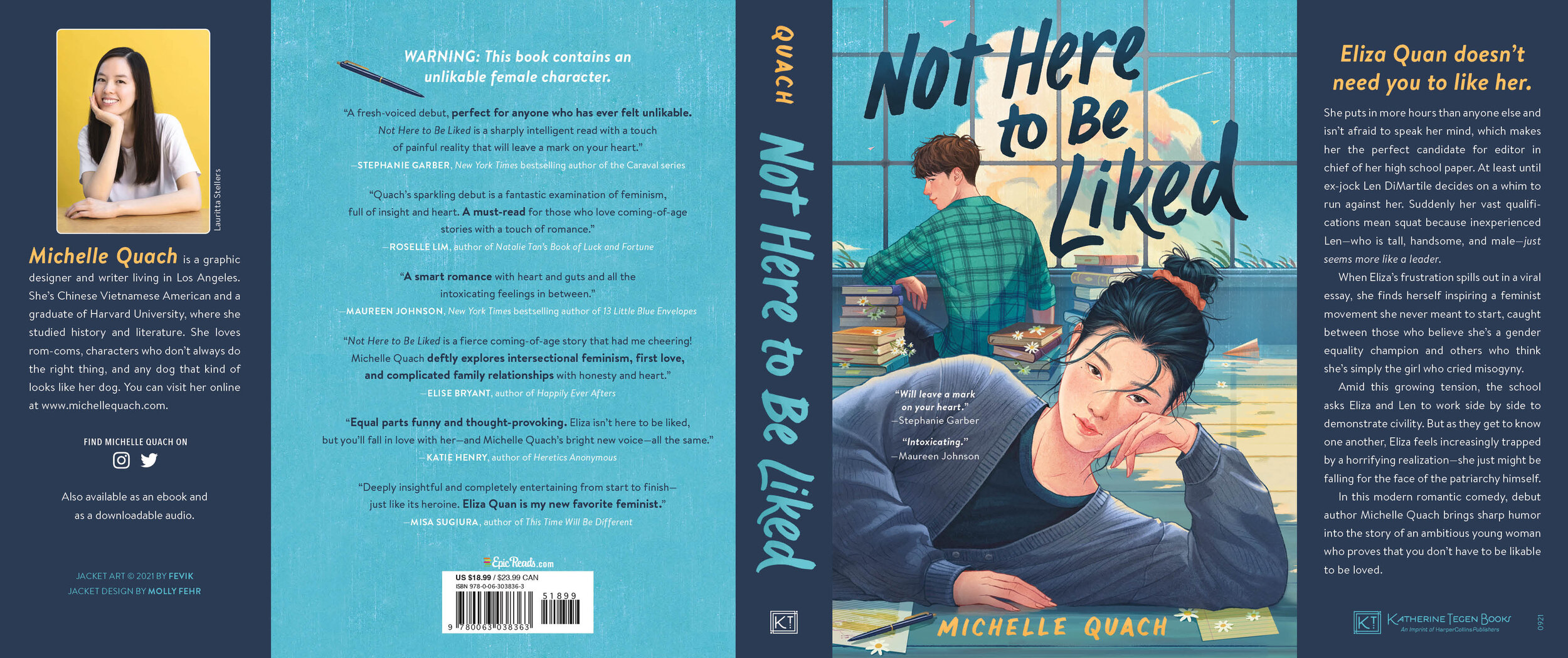Table of Contents Show
Spoilers if you have not read Not Here To Be Liked by Michelle Quach.
On the back of Michelle Quach’s debut novel, Not Here To Be Liked, a word of caution is written in large white letters, and it states, “WARNING: This Book contains an unlikeable female character.” The frank and honest warning fits perfectly with the blunt nature of the main character of the novel and tells the reader what to expect. Not Here To Be Liked is a refreshing coming-of-age romance story that uses a simple plot of high school rivals to lovers to explore the complicated aspects of feminism that many young women struggle to navigate during adolescence.
The Basics Of Not Here To Be Liked
The unlikeable female character refers to the book’s protagonist, Eliza Quan, a Vietnamese-Chinese American high school student. She is highly opinionated, blunt, and of course, highly dedicated to her school paper, the Willoughby Bugle. Throughout the novel, Eliza struggles with becoming a feminist icon after an essay of her frustration detailing her loss of the editor-in-chief position to the inexperienced jock Len Dimartitle goes viral. Matters for Eliza only grow more complex as she is caught between becoming the face for gender equality, all while getting to know Len. For the first time in her life, the prickly and somewhat pretentious Eliza is unprepared for what lies ahead.

While following the simple plot of a coming-of-age romance story, Not Here To Be Liked dives into the complicated aspects of feminism; Eliza deals with self-doubt, heartbreak, and family expectations throughout the novel. Her self-discovery and feminism parallel the journey many young women face as they learn more about gender equality and themselves. Eliza must learn that being a feminist is not as black and white as she originally thought.
Internalized Misgony
From the first pages of Not Here To Be Liked, Eliza makes it known that she is not like other girls. She wears the same oversized grey cardigan every day, reads books and tells her older sister Kim to stop catering to the male gaze. Eliza doesn’t need to curl her hair, wear coral lip tint or have pretty doe-liked eyes like her sister to be successful. She can write killer articles for her school paper, and her goal of being Editor-in-Chief has nothing to do with looking pretty or being likable. This idea of the “not like other girls” is as old as time itself, and Eliza is not the only girl to have gone through this mindset.
Many people have internalized misogyny, and this phrase is an expression of that. Sexist stereotypes have forced this idea that women should act and look only a certain way, thus causing many girls to feel alienated and somewhat superior when they don’t fit that mold. For some girls, it’s because they enjoy sports and eating pizza, or playing video games. While for others, it’s because they would instead read a novel than watch the latest teen soap opera and talk about shoes. The alienation from feminine stereotypes leads many girls to seek validation by acting superior to “other girls.”

This mindset of not being like other girls is evident throughout Eliza’s perspective. She looks down at her older sister’s vanity, not understanding why Kim dolls herself up. For a young teenager like Eliza, she can’t comprehend why her sister would find wearing makeup or caring for her looks empowering. Though, it is hinted several times throughout the novel that Kim often feels like she only has her beauty and that her mother and aunt fret over the acne that begins to appear when Kim reaches middle school. Eliza, as she recalls this memory, overhears her mother whispering to her aunt, saying,
“We can’t let it get worse. A girl’s face is very important.”
It’s this recollection that makes Eliza understand that while her sister Kim does fit the beauty standard, she has her own struggles when it comes to self-confidence and reasons for catering to the male gaze.
Feminism In Michelle Quach’s Novel Not Here To Be Liked
Later in the novel, when one of the most popular girls, Serena Hwangbo, becomes an ally in Eliza’s fight against the patriarchy, a part of Eliza thinks Serena’s feminism is vapid and shallow. This is due to the fact Serena fits the more stereotypical aspects of womanhood. Serena is sweet, outgoing, and isn’t afraid to flirt or charm her way to get what she wants. This is vastly different from Eliza’s process of getting things done; while Eliza believes not sugarcoating her words and strictness will get her the results she wants, Serena has the emotional intelligence to charm those around her to fulfill her goals.
This process is uncomfortable for Eliza to observe and for her best friend Winona Wilson to see Serena use more stereotypical tactics of femininity to help spread their feminist message. For example, Serena has no problem with playfully flirting to achieve their goals, which makes both of the other girls uncomfortable, Winona especially. Eliza only begins to shed this mindset when she starts to learn more about Serena as a person. Serena is not just like the popular student council member with a megawatt smile and an effortless grace, she begins to see the other as a complicated person who has her own reasons for supporting feminism. Though, Eliza is not the only character in Not Here To Be Liked to deal with her own internalized misogyny.
Many characters, like Winona and even Eliza’s mother and several other students, show some aspects of internalized misogyny. Winona spends most of the book uncomfortable with Serena and finds her more feminine personality and interest in romance tiresome. While Eliza’s mother, as stated before, places a big emphasis on beauty and traditional values due to her status as an immigrant mother to both her children. And other female students mock Eliza for being a “femanazi” online when her essay goes viral. Not Here To Be Liked does a compelling job of using Eliza’s own growth from someone who was firmly in the “not like other girls” camp to one who understood the nuance of womanhood.
The Hatred Of Teenage Girls & Sexism
While internalized misogyny plays an integral part in Not Here To Be Liked, the book does not stray away from showing the casual sexism that Eliza faces throughout her life. When Eliza’s manifesto is accidentally posted on the school newspaper’s website, she is called dramatic and crazy throughout social media. Many people assume the only reason Eliza wrote this manifesto is that she has a crush on Len and is trying to get revenge after he’s rejected her. It doesn’t help that her fellow students have taken this as an opportunity to insult her appearance, saying she doesn’t have much of a body and that her hair is a mess. These examples are only the beginning as Eliza, throughout the novel, has to face similar comments because of the starting incident.

Not Here To Be Liked does not shy away from how young women, especially teenage girls, are often teased and insulted when they stand up for their beliefs and speak their minds. Eliza is deeply aware that every aspect of the incidents that occur in the book will impact herself ten times more than it would on her love interest Len. This makes an interesting dynamic because while Len remains supportive and an understanding individual, she cannot comfortably explore her feelings for him due to the fear of backlash.
Not Here To Be Liked Shows Readers Love And Gender Equality Are Attainable
Not Here to Be Liked is a fantastic read for the target demographic of young adults. The simple overarching plot is refreshing and allows the readers to immersive themselves entirely into the development and growth of the main characters Eliza, throughout the novel. The trope of rivals to lovers is nothing new in YA novels. Still, Michelle Quach does a great job of using this common trope to delve into more nuanced topics like intersectional feminism, internalized misogyny, and the Asian American experience.

Readers should not ignore the warning mentioned previously. Eliza, while smart and hardworking, can be very unlikeable throughout the book. She is blunt with her thoughts which causes her to clash with many fellow writers at The Willoughby Bugle and throughout her school. Eliza’s preconceived notions of other people cause her to seem almost pretentious every time she speaks to a person she deems different from herself and her friends. This is shown with Serena, as Eliza thinks very little of her at the start of the novel. Though Eliza’s unlikeable traits featured in the book are a part of her character growth, and as she learns more about herself and feminism it concludes into a satisfying character arc for the young woman.
The romance between Len and Eliza is done well, as readers never get the idea that they both hate each other. Instead, it’s a very relatable uneasiness that the two have for one another that is common in adolescence. It is obvious that both of them were curious about each other from the start, allowing for a sweet courtship to form between the both of them. Len is a supportive love interest with his own issues and character growth and who doesn’t take away from Eliza’s own arc throughout the novel.
Should Not Here To Be Liked Be Your Next Read?
There are still some aspects of the book that can be improved. While the book does an excellent job of speaking about gender roles and sexism, there is a lack of representation when it comes to queer issues. While Not Here To Be Liked explores how race affects one’s feminism, it would have been interesting to see how one’s sexuality can affect their feminism as well. And for more mature readers the lessons that Eliza learns can be seen as a bit shallow, therefore those outside the target demographic may find themselves not learning anything new from the novel.
Overall, Not Here To Be Liked is a book that provides a nuanced and refreshing take on the romance young adult genre, while the romance is a great aspect of the novel. The complexities of feminism that are affected because of race, cultural differences, and growth are shown through the journey of Eliza throughout the novel. Not Here To be Liked is a must-read book to add to your reading list for young readers who want a simple introduction to the feminist themes explored in the novel.
